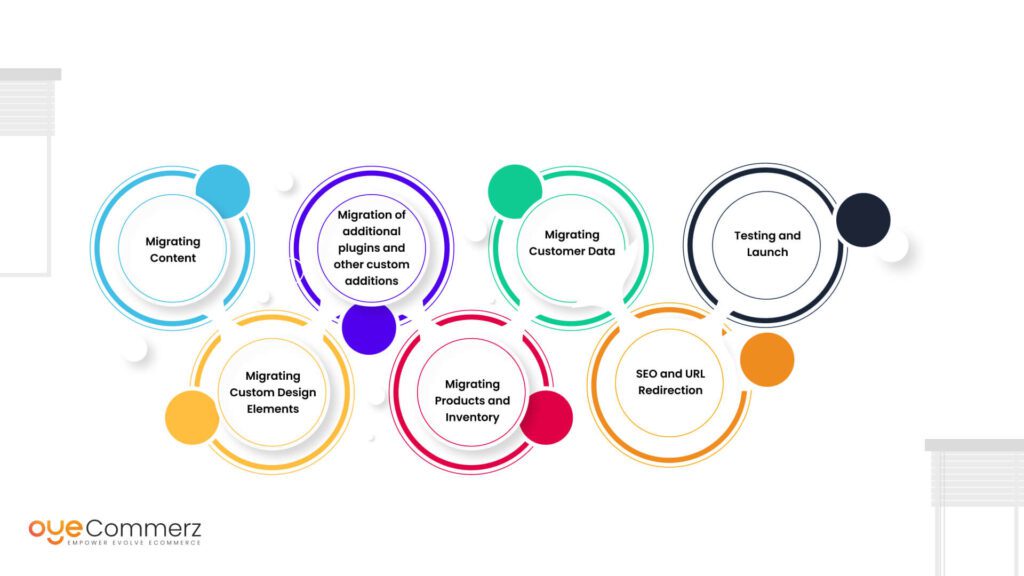In the dynamic world of online retail, picking the best system is essential for your brand’s growth. If you’re presently using WordPress and planning a migration to Shopify, you’re not the only one. Countless businesses are shifting to utilize Shopify’s comprehensive features, simplicity, and growth potential. This guide will take you through the steps of migrating from WP to this platform seamlessly, making sure that you achieve your eCommerce potential.
Why Migrate from WP to this platform?
Ahead of diving into the migration process, it’s essential to realize why this change can be helpful for your online store:
Intuitive Design: Shopify provides an intuitive interface that simplifies store operations, allowing for non-technical users.
Growth Potential: As your business expands, Shopify can support higher visitors and transactions without sacrificing speed.
Built-in Tools: Shopify comes with pre-installed resources for SEO, analytics, payment handling, and much more, reducing the requirement for several plugins.
Enhanced Security: With Shopify, you benefit from strong security features that protect critical customer information.
Steps for a Seamless Migration
Migrating your eCommerce site from WP to Shopify includes several actions.
Here’s steps to achieve a successful transition:
Plan Your Migration Approach
Start by drafting your migration strategy. Identify which elements of your existing site you plan to move, such as:
Inventory information
User details
Transaction records
Articles
Pick the Best Migration Solution
Based on your needs, select a migration plan that fits your store. Professional services delivers various choices:
Basic Migration Package: Suitable for small stores with fewer products.
Standard Shopify migration strategy Migration Package: Recommended for growing businesses with more complex demands.
Premium Migration Package: Best for big stores needing custom customization.
Backup Your Data
Prior transitioning from WordPress to Shopify to initiating the migration, make sure that you have a full backup of your WordPress site. This task is essential in the event anything goes off track during the migration.
Export Your Data from WP
Utilize extensions or manual methods to transfer essential data from your WP site:
Items
Clients
Transactions
Blog posts
Import Content into Shopify
When you have your content exported, employ Shopify’s migration apps or third-party apps to upload your content into your updated store. Confirm that all information is properly formatted and aligned.
Adapt Your Shopify Platform
After uploading content, adjust your Shopify store’s design to align with your brand identity. Think about hiring a developer if you need advanced customization.
Set Up TransactionOptions and Shipping Options
Set up payment gateways and shipping settings in Shopify to create a seamless checkout experience for customers.
Implement SEO Best Practices
To preserve your search engine rankings during the change:
Implement 301 link updates from previous URLs to updated ones.
Revise descriptions.
Optimize visual content and copy for SEO.
Review Your Updated Platform
Before publishing, thoroughly review your Shopify site. Check for any broken links, payment processing issues, or missing data.
Launch Your Store
When everything is in place, it’s the moment to launch! Announce the update to your customers and encourage them to experience the new features of your Shopify store.
Post-Migration Guidance
Following publishing your Shopify store, ongoing help is key. Think about engaging experts who can assist with:
Site maintenance
Promotional campaigns
Performance optimization
Conclusion
Migrating from WordPress to Shopify can be a game-changing decision for your digital business. By using this guide and utilizing tools like those offered by OyeCommerz, you can guarantee a smooth transition that improves your business potential. Embrace the change and unlock the full capabilities of Shopify today!
